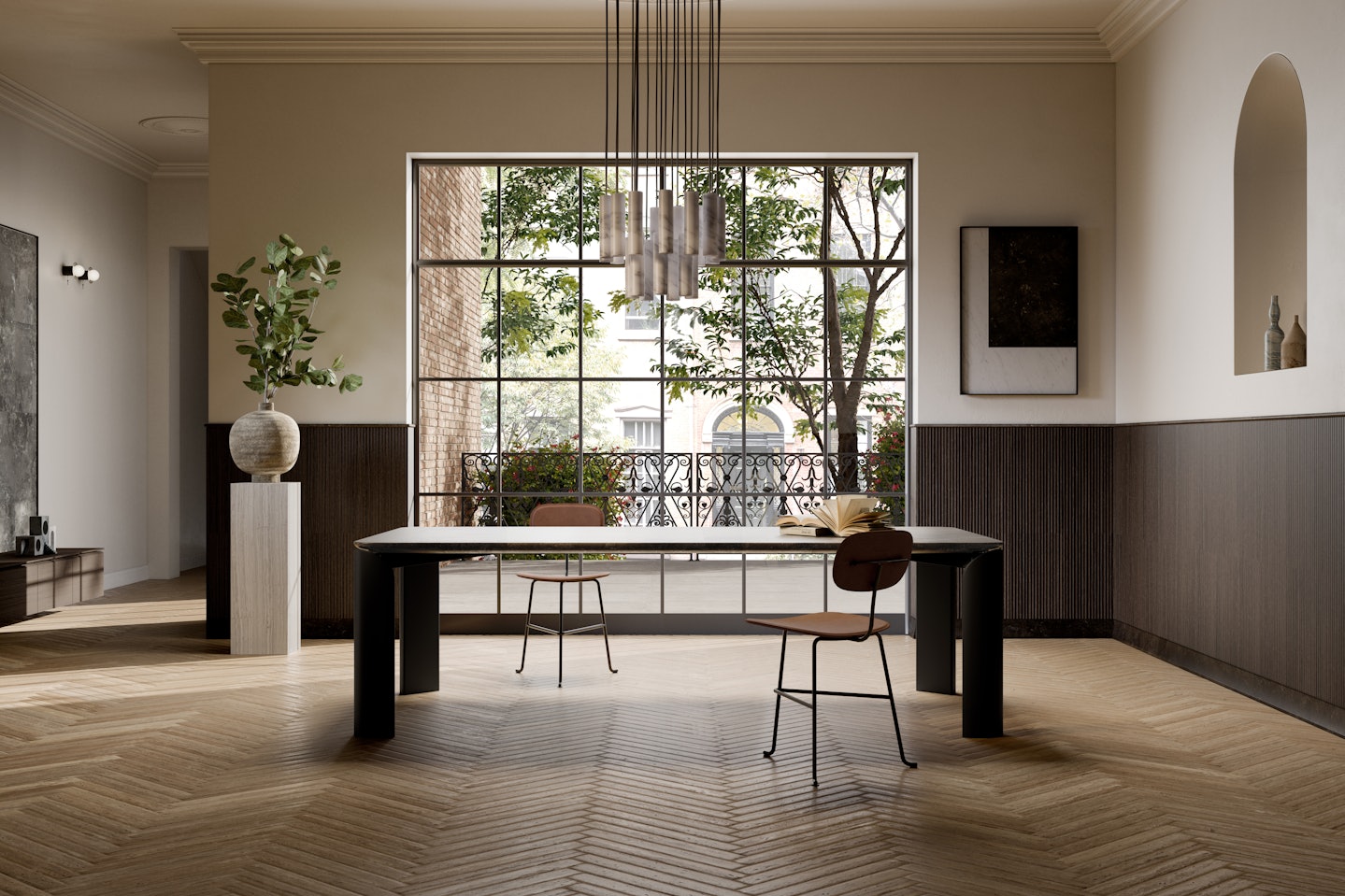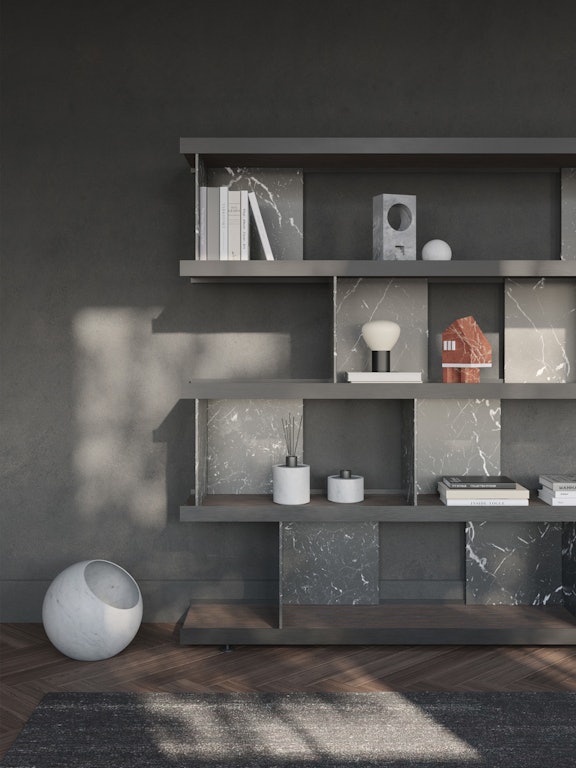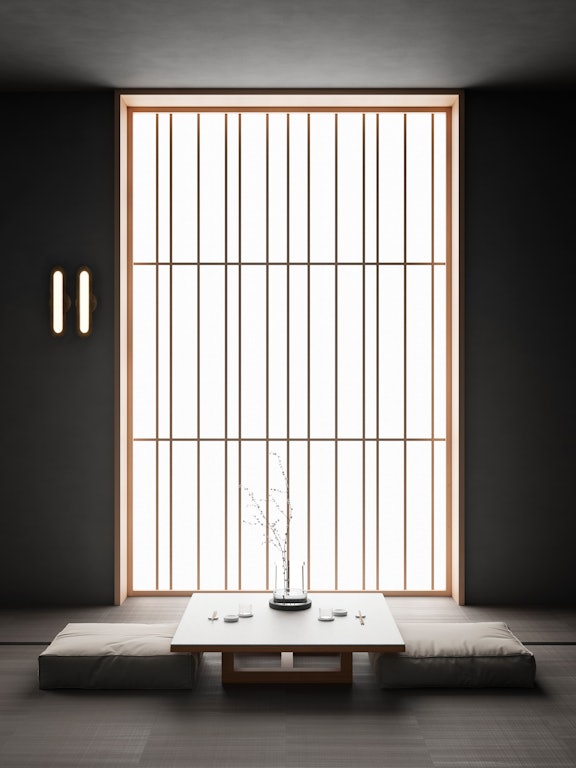The revival of Italian contemporary furniture in the design sector
01.2024
Italian furniture is looking to regain its role as the benchmark in contemporary design. What’s behind this resurgence?
Modern Italian furniture is back with a vengeance!
The contemporary design world is once again turning its attention to modern Italian furniture and furnishings. In recent years, Northern Europe has been considered the benchmark in such areas, while Italy was recognised more for its tradition and historical contributions.
There is little doubt that Italy boasts a proud legacy of creativity, know-how and specialised craftmanship, but it has, to some extent, been handicapped in more modern times. Perhaps it’s even fair to say that Italy rested on its laurels, safe in the knowledge that its design was revered the world over. Meanwhile, other countries forged ahead with avantgarde approaches that soon gained favour.
That’s now changing however, and Italy is gaining ground with its new take on contemporary furniture design. In this article, we take a look at just how that is happening.
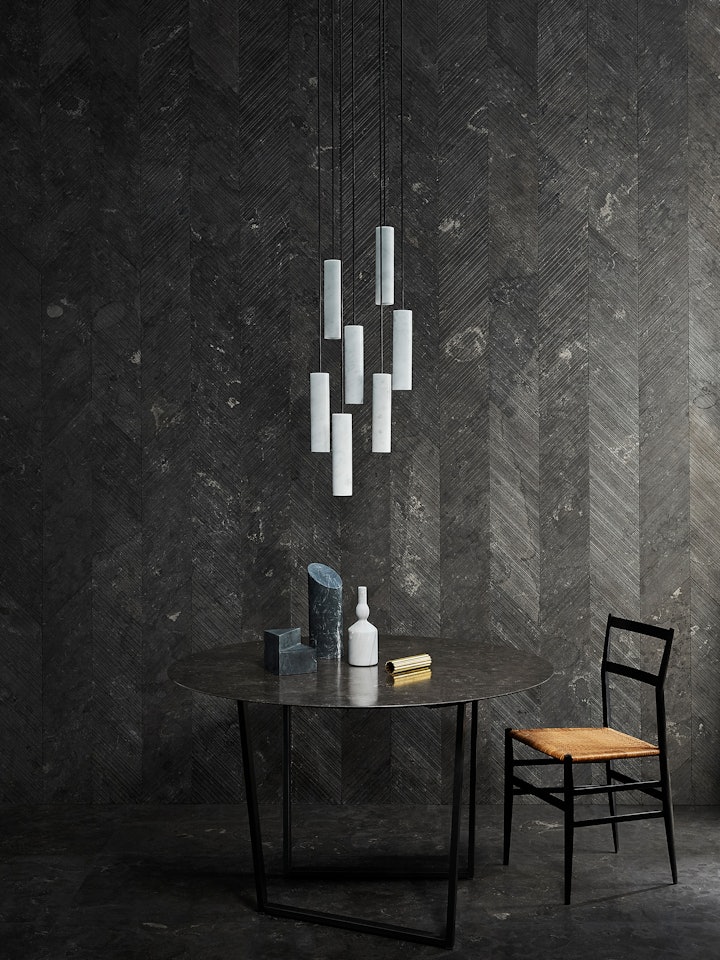
The appeal of Italian craftmanship
Italian style has always been based on artisanal production and regional expertise. When it comes to furniture and furnishings, almost every area of the country is specialised in a particular technique or material, and this has generated vertical skillsets second to none. That said however, in today’s world, where instant knowledge is easy to come by, the sector has skimmed these skills and simultaneously shifted the focus from quality to price. Mass consumption and the spread of “fast furniture” saw high-quality Italian products pushed to the side, but with a renewed appreciation for fine craftmanship, they are back.
This is linked to the new understanding that it is better to buy fewer things, but to ensure that what you do buy is of good quality. By working with leading names from the design scene, brands such as Salvatori have found a winning formula which has resulted in striking examples of contemporary designer furniture such as the Dritto dining table by Piero Lissoni. With its ultra-fine natural stone top and unconventional iron legs, it appears surprisingly light and delicate, despite the heaviness usually associated with stone.
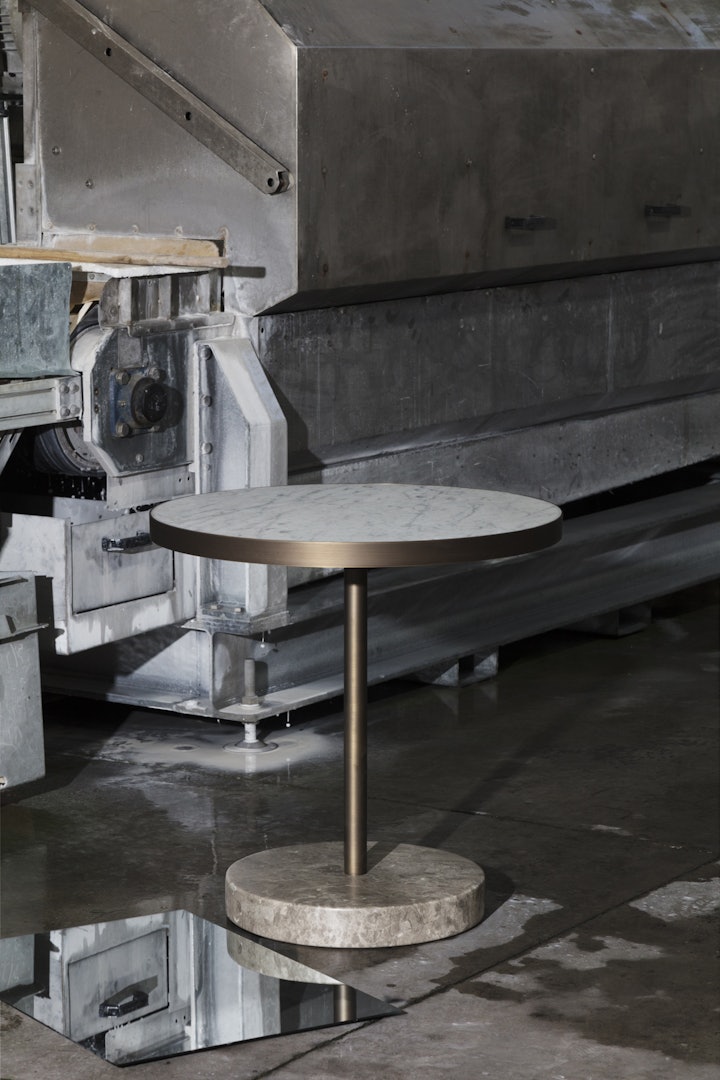
The importance of embracing minimalism
So just what has changed? The answer is Italian style. Many brands, Salvatori among them, have preserved artisanal traditions but embraced a more modern, minimal design. This adoption of a minimalist approach has been fundamental to the revival because luxury is no longer about sumptuousness, but is instead focused on quality design, construction and materials.
It’s now all about high-quality raw materials, attention to detail and the indefinable touch of artisanal know-how handed down through the generations. There is also another key aspect to any contemporary product today, including furniture, and that is sustainability. The answer lies not only in producing solid pieces from durable materials that are destined to last from a physical point of view, but also through timeless designs that will be continue to be relevant in any context. And of course, the longer a product lasts, the more sustainable it is, and this is part of the new wave of Italian designer furniture.
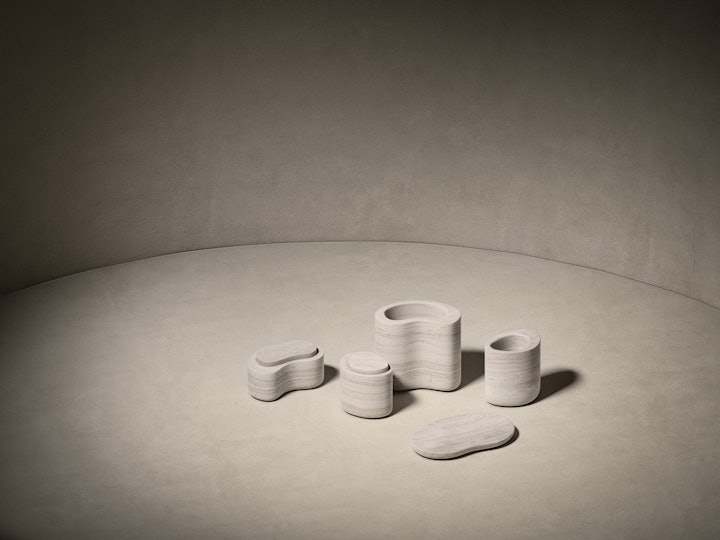
Examples of Salvatori’s contemporary design approach
Salvatori is renowned for its high-end Made in Italy furniture in natural stone, a material that lends itself to contemporary design for its longevity and its capacity to combine with other materials. This can be seen in products such as our Adda modular drawers which pair stone with wood in a clean, understated design that works in any type of décor and room, from bathroom to bedroom to living zone.
Another advantage of stone is its wonderful versatility and the way it can be used not only for large items of furniture, but also for smaller accessories, such as the Anima collection of trays, soap dishes, containers and more. Such objects represent the new wave of contemporary design, and offer the chance to add personality to your home without needing to make major changes. This micro-design trend is yet another example of how Italian design has not only adapted to the times but has also emerged as a trendsetter.
_100.jpg?fp-x=0.5&fp-y=0.5&auto=format&w=720&h=540&fm=jpeg&q=70&fit=crop)
Contemporary design and the move towards modular solutions
The ability to create your own configurations through modular solutions is another key element of contemporary design that Italian brands have adopted, and we can look no further for an example than the Anima drawers. This versatile storage collection can be used in the bathroom where it can be combined with your choice of built-in or countertop basin, or is also a popular option as a bedside table.
Against the context of contemporary design, living room and bathroom furniture and fittings represent modular solutions that work across different spaces. A bathroom is no longer relegated to a lowly position in terms of décor, and modern Italian furniture recognises this. Combining artisanal quality and versatility, it has once again returned to its rightful place at the top of the design world.
